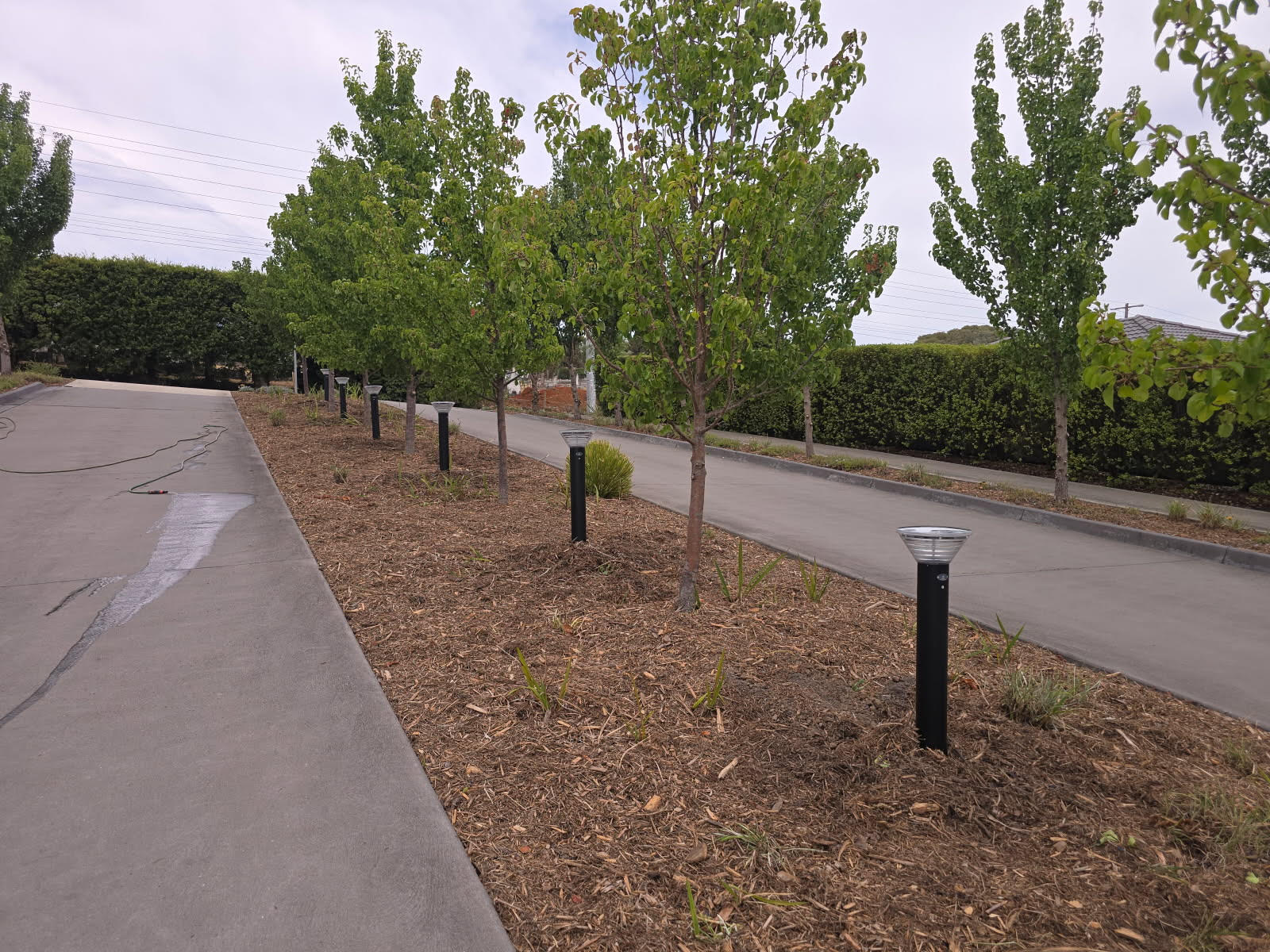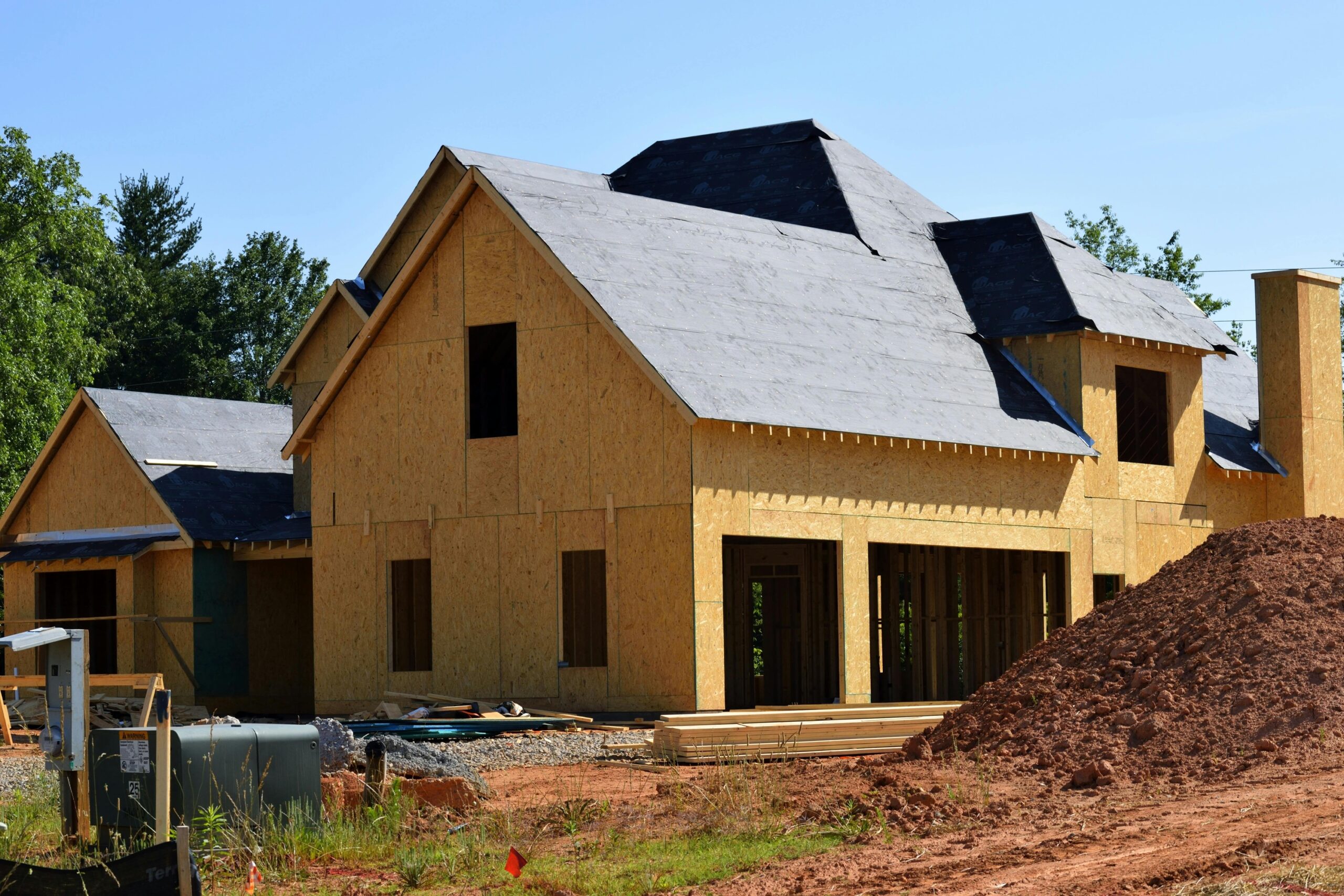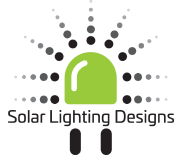
Common Mistakes to Avoid When Choosing Solar Lights
Solar lighting is a smart and sustainable solution for areas while
Solar flood lights are an eco-friendly, cost-effective solution for lighting up large areas like gardens, parking lots, pathways, and security perimeters. These lights are powered by solar energy, which makes them highly efficient and sustainable. To get the most out of your investment in solar flood lights, proper installation and regular maintenance are essential.
In this guide, we’ll walk you through the step-by-step process of installing solar flood lights and provide maintenance tips to ensure long-lasting performance, maximum brightness, and efficiency.
Before diving into installation and maintenance, let’s first discuss why solar flood lights are an excellent choice for both residential and commercial properties.
Solar flood lights operate on renewable energy, reducing electricity consumption and lowering utility bills. As the cost of energy continues to rise, switching to solar-powered lights is a smart move for both the environment and your wallet.
Unlike traditional flood lights that require complex wiring and connections, solar flood lights are easy to install and require no electrical work. They come with a built-in solar panel, so all you need to do is place the light in an area that receives ample sunlight.
One of the biggest advantages of solar flood lights is their low maintenance. Since they don’t require external wiring, they’re less prone to electrical issues. Plus, they don’t need constant power supply cables, which reduces wear and tear.
Installing solar flood lights is a simple task that can be done without professional help. However, ensuring proper installation is crucial to achieving the best results. Here’s a step-by-step guide:
The first step in the installation process is choosing the best location for your solar flood lights. To maximise their efficiency, you’ll want to place the lights in an area that gets direct sunlight for most of the day. The more sunlight the solar panel receives, the more energy it will store, resulting in brighter lights at night.
Most solar flood lights come with a mounting bracket or spike that allows you to attach them securely. Follow these steps for mounting:
Many solar flood lights come with a separate solar panel that needs to be positioned independently from the light. The solar panel is typically connected by a cable, allowing you to place it in a location with optimal sunlight exposure.
Once the light and solar panel are in place, connect the panel to the light, making sure all cables are securely attached. If the light has a battery, ensure the battery is fully charged before use.
Proper maintenance is essential for keeping your solar flood lights functioning optimally. Here are some tips to ensure long-lasting performance:
The solar panels on your flood lights gather dust, dirt, and debris, which can obstruct sunlight and reduce the amount of energy absorbed. To maintain efficiency, clean the panels every 3-6 months using a soft cloth and mild soap.
Regularly inspect the light fixture for damage or wear and tear. If you notice any cracks, rust, or fading, it’s time to replace the fixture or parts of the light.
The battery in your solar flood light is what powers the light at night. Over time, batteries lose their ability to hold a charge, which affects the light’s brightness and runtime. If your lights start dimming or don’t stay on for as long as they used to, it may be time to replace the battery.
To ensure optimal performance, keep the area around the light fixture and solar panel clear of obstacles like furniture, trees, or vines. These can block the light’s coverage or obstruct the solar panel, reducing the amount of sunlight it receives.
Despite their durability and low maintenance, solar flood lights may sometimes face issues. Here are a few common problems and how to resolve them:
Proper installation and regular maintenance of your solar flood lights are key to maximising their brightness, efficiency, and longevity. By following the steps outlined in this guide, you can ensure that your solar flood lights continue to illuminate your property while minimising energy costs.
For the highest-quality solar flood lights and professional advice on installation, visit our solar flood lights page. Whether you’re lighting up your garden, driveway, or commercial property, Solar Lighting Designs offers the best products to meet your needs. Contact us today to request a quote and start your journey to brighter, more efficient lighting solutions.

Solar lighting is a smart and sustainable solution for areas while

As sustainable solutions continue to gain popularity, many individuals and

Lighting the Path to Sustainability Outdoor lighting is an essential

Solar Lighting Designs
22 , 5 Rai Drive
Crestmead QLD
4132
Solar Lighting Designs
Unit 1, 14 Stennett Road
Ingleburn NSW
2565
Solar Lighting Designs
2A Norlin Street,
Kewdale WA,
6105
SLD acknowledges and pays respect to the past, present and emerging Traditional Custodians and Elders of this nation and the continuation of cultural, spiritual and educational practices of Aboriginal and Torres Strait Islander peoples .

Solar Lighting Designs
22 , 5 Rai Drive
Crestmead QLD
4132
Solar Lighting Designs
Unit 1, 14 Stennett Road
Ingleburn NSW
2565
Solar Lighting Designs
2A Norlin Street,
Kewdale WA,
6105
SLD acknowledges and pays respect to the past, present and emerging Traditional Custodians and Elders of this nation and the continuation of cultural, spiritual and educational practices of Aboriginal and Torres Strait Islander peoples .